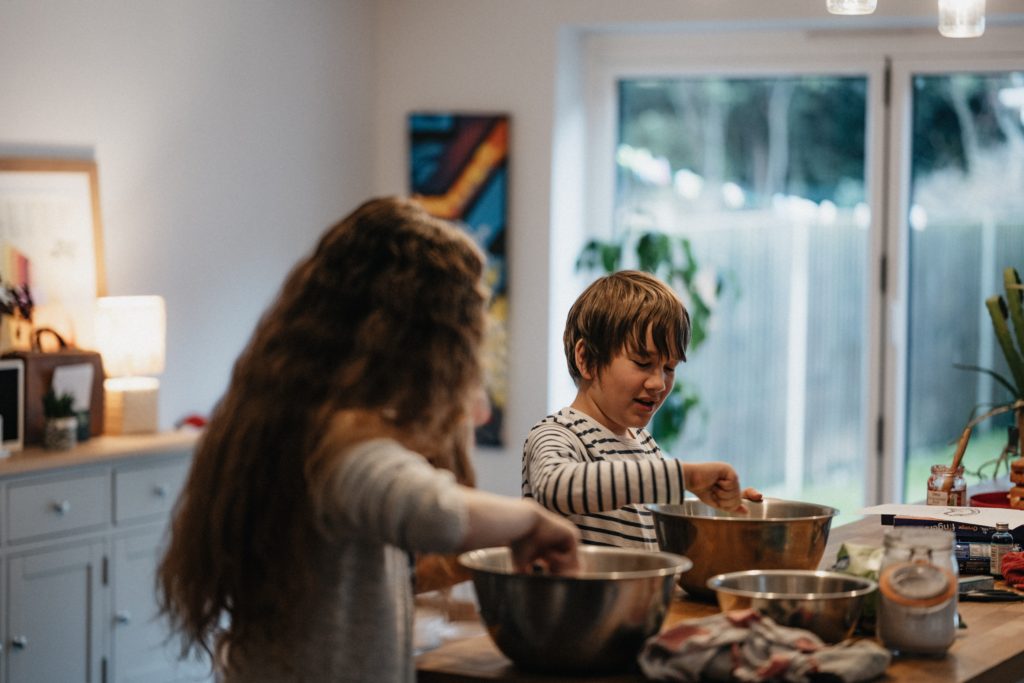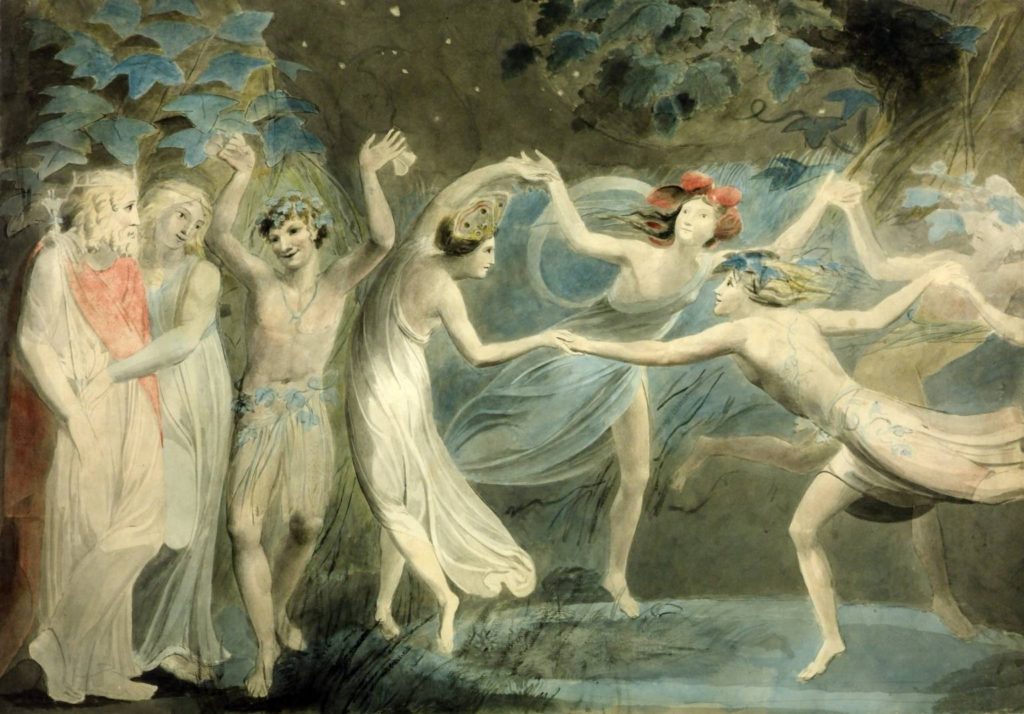Postcards have rather gone out of fashion. When I was younger, no holiday was complete without the obligatory buying, writing and sending of postcards. It was a wonderful opportunity to give a taste of your vacation. Now we tend to send a WhatsApp or Instagram message. More pictures, fewer words and although these are always welcome, I miss the joy of a postcard clattering through the letter box; the professional shot of the location and the quirky stamps.
With our busy lives, I think it is a great time to reinstate the postcard. They only take moments to write, yet have a similar impact to a letter. They are colourful and pretty and make great temporary decorations to mantlepieces and fridges. An image, a few words and a stamp are all you need to show someone that you are thinking of them, and wishing they could join you.
Paperback writer
This one has been taken from the excellent volume, Playing with Books by Jason Thompson. Most of my books end up in the charity box, but occasionally, I keep them for the papers inside to use in craft projects. To make them into postcards, simply remove the front cover (or interior one) and cut so as to contain a complete image about postcard size. Curve the edges if you wish. If possible, find titles or images that relate to the recipient.

Art for art’s sake
Art cards can be a wonderful way of remembering a special exhibition – a pictorial souvenir. They are also perfect for short messages to a friend – matching their artistic taste with the card. For a cheap but elegant greeting card, glue the postcard onto card stock.

Zen postcards
Few activities are better at stilling the mind than a bit of colouring. No longer the preserve of five-year-olds, colouring is now for grown-ups. Intricate designs and beautiful illustrations are available as colouring-in postcards. I particularly love Johanna Basford’s whimsical designs.
These cards take some time to complete, but the act of colouring is itself a mindful, stress reducing exercise. Since you also get a gorgeous card to send, this is a win-win. One friend, who is particularly adept at these, uses the cards for birthdays and thank yous. I have several adorning my kitchen.

Miniature watercolours
For those wanting to go a step further and to create their own works of art, watercolour postcards are available at the National Trust shops and other art outlets. I love that this gives you the opportunity to play artistically and to send the result rather than having it languish in a sketch book. As it’s only a small postcard, if it all goes wrong, little is lost. If it goes well, you have a little piece of original art to send.
Whilst drying my poppy heads, I noticed they had a perfect flower shape on the top. What better stamp could I find? I added a wash of colour for the background and then stamped away. I hope you like the result.

The traditional
The pandemic has rather curbed our travels, but many of us are exploring our own countries and those close by instead. Sending a card from your destination allows us to do a little virtual travelling and to discover what is on offer. If you do manage to move beyond your borders, share the adventure.

And after the postcard has been read? Like all cards they can be displayed for as long as you wish or kept as bookmarks or perhaps you can find a more exciting use for them. If you do, get in touch. Answers on a postcard, please!




































